Vegetable planting knowledge: vegetable rotation
Rational rotation planting of different vegetables can make pathogenic bacteria lose parasitism or change their living environment, thus achieving the purpose of reducing or eliminating diseases and insect pests. Such as onion, garlic after harvest Chinese cabbage, can make soft rot significantly reduced. Such as grain and vegetable rotation, rice and drought rotation, to control soil infectious diseases more effective.
Vegetables belonging to the same family should not be rotated taxonomically, such as tomatoes, eggplant, peppers and sweet peppers belonging to the Solanaceae, so they should not be rotated.
Cucumber: spring cucumber first crop mostly autumn vegetables or spring vegetables and winter vegetables, after the crop suitable for a variety of autumn vegetables, summer cucumber first crop suitable for all kinds of spring and summer vegetables, after the crop suitable for winter vegetables or spring vegetables Cucumbers and tomatoes inhibit each other and should not be rotated and interplanted.
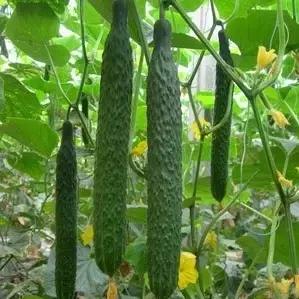
Tomato: rotation for 3~5 years, not continuous cropping with solanaceae crops, the previous crop is various leaf vegetables and root vegetables, and the latter crop can also be leaf vegetables and root vegetables, interplanted with short-stalk crops or vegetables, such as edamame, cabbage, corm fennel, onion, garlic, etc.
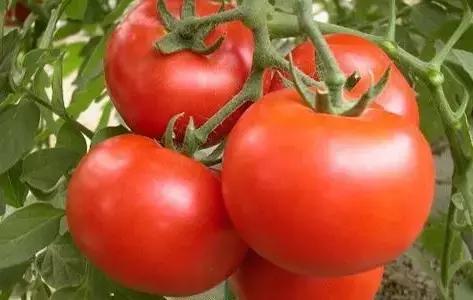
Tomatoes in autumn shed, interplanting vegetables can reduce ground temperature.
Sweet corn interplanted in tomato can lure moths to lay eggs and eliminate them intensively.
Eggplant: the first crop is overwintering leafy vegetables, but also can be interplanted with early-growing cabbage, early-maturing cabbage, spring radish, radish, cherry radish and other vegetables with short growth period, and the latter crop can be planted with autumn vegetables such as Chinese cabbage.
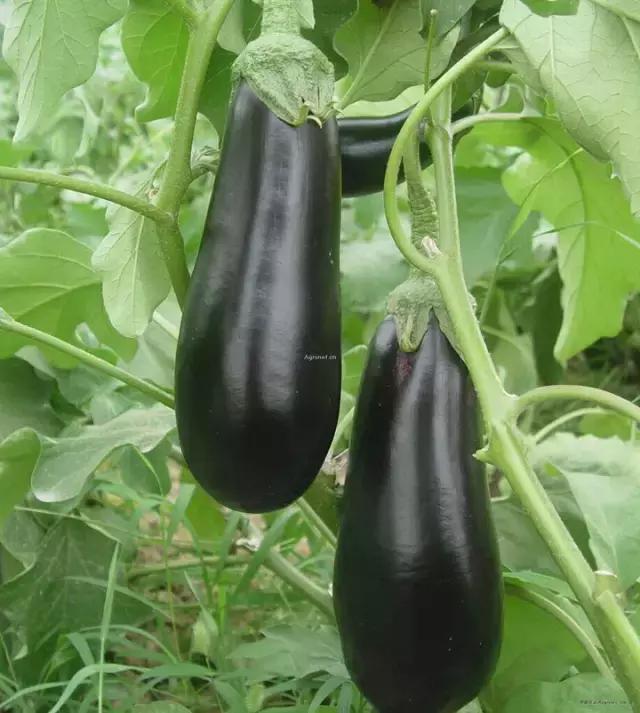
Pepper: not suitable for continuous cropping with solanaceae crops, and leaf vegetables, root vegetables, peanuts and other short-stalk crops intercropping.
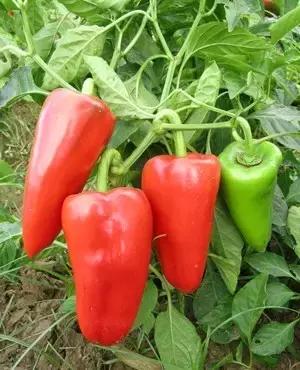
Melon: Avoid continuous cropping. Rotation lasts 3 - 5 years. Avoid and other melons crop. It is best to take leaf vegetables as the front and back crops of melon, and the yield of leaf vegetables in the latter crop can be obviously increased.
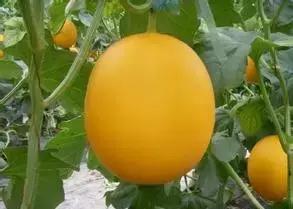
Beans: beans, peas, peas, sweet crisp beans, beans, etc., should not be continuous cropping, rotation for more than 3 years, the previous crop for autumn and winter vegetables or idle land.
Carrot: Autumn and winter carrot crops before the crop is wheat, spring cabbage, spring cabbage, beans and so on. The next crop can be inoculated with wheat, onion, spring cabbage, scallion, potato, etc.
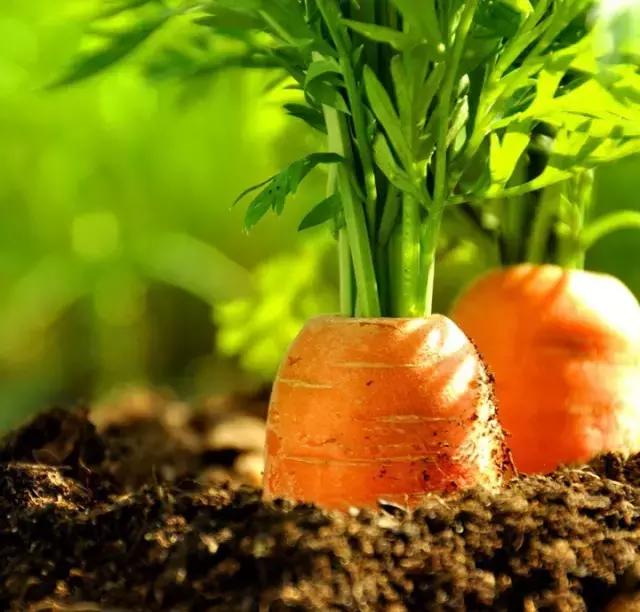
Potato: the previous crop is onion garlic, cucumber, followed by cereal crops and soybeans. Solanaceae crops should not rotate with each other, and root vegetables should not rotate with each other.
When interplanting with other crops, attention should be paid to: ① early maturity, short plant varieties should be selected. (2) The symbiosis period should be shortened as early as possible, and the peak period of product organ formation should be staggered. (3) Less competition for temperature, light, water, fertilizer and influence management.
Green onion: the most taboo continuous cropping. It takes more than 3 years to rotate, rotate with grain crops, and cultivate Chinese cabbage and melon vegetables with onion stubble. Onion early interplanting early radish, late interplanting spinach and other winter crops.
Garlic: the most taboo continuous cropping, or with other onion plants. Autumn sowing garlic is the best crop for early-maturing kidney bean, melon, solanaceous fruit and potato; spring sowing garlic is the best crop for autumn kidney bean, melon, pumpkin and solanaceous fruit; it is a good crop for other crops.
Chinese cabbage: rotation with rice, not suitable for continuous cropping, not suitable for rotation with other cruciferous crops.
In rotation: ① select vegetables with earlier harvest period, such as solanaceous fruits;② select vegetables with more fertilizer in previous crops, such as cucumber and watermelon;③ onion and garlic as the previous crop, which can reduce diseases and insect pests. Chinese cabbage planted on leek ridge or garlic ridge, disease significantly reduced.
Chinese cabbage and black cabbage: can be rotated with melons, beans, root vegetables and field crops. Spring vegetables can be interplanted with solanaceous fruits, beans, melons, etc. Summer and autumn vegetables can be mixed with celery, chrysanthemum and carrots. Early autumn cabbage can be interplanted with cauliflower, cabbage, autumn potatoes, etc. Winter intercropping with spring cabbage, lettuce, etc.
Shepherd's purse: autumn shepherd's purse is best for tomatoes, cucumbers; spring shepherd's purse is garlic. Avoid continuous cropping.
Wax gourd: 5~6 ginger plants are planted between wax gourd plants, one side of the ridge is planted with kudzu, and the other end is planted with taro. After April and May, winter melon or pepper and eggplant are interplanted in leek beds; winter melon is interplanted with tomato; bulb fennel, lettuce, cabbage and small leaf vegetable are interplanted under winter melon racks; ginger is interplanted with winter melon in mountainous areas.
Watermelon: rotation for more than 5~8 years. Rotation crops include wheat, rice, corn, turnips, sweet potatoes and green manure.
Lotus root: lotus root, rice rotation, early lotus root harvest can be planted cress, arrowhead, water chestnut, watercress. Lotus root often rotates with arrowhead, water chestnut, Zizania latifolia every other year, or intercrops with Zizania latifolia.
Lettuce: before can be green onion, garlic, cucumber, can be planted after strawberries, tomatoes.
Generally, leafy vegetables with more nitrogen requirements had better be arranged with solanaceous vegetables with more phosphorus requirements. Cucumber, celery and spinach with fast fertilizer absorption, tomato, eggplant and pepper with more organic fertilizer absorption are the best for the next crop.
Pay attention to the effect of various vegetables on soil pH. Planting potato and cabbage will increase soil acidity, while planting corn and pumpkin will decrease soil acidity. Therefore, onion vegetables sensitive to acidity can obtain high yield as the next crop of corn and pumpkin.
To grow a long period of time and a short period of time, need more fertilizer and need less fertilizer vegetables reasonable mix planting. Bean vegetables can increase soil organic matter content and improve soil fertility, while long-term planting of leafy vegetables requiring more nitrogen will cause nutrient elements in the soil to lose balance.
"Paecilomyces lilacinus" high resistance to continuous cropping, root knot nematode, solve your continuous cropping troubles, improve your economic benefits
Hand in hand nurses, win-win big agriculture
- Prev
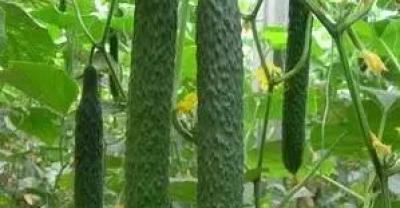
Vegetable squat
Baby vegetables 2 small cucumbers 1 cherry radish 3 edamame beans 1 round pepper 2 Yunnan melons 3 sand ginger 3 sweet potatoes 3 Tremella 3 tomatoes 1 garlic 2 winter mushrooms 3 finger peppers 4 seasonal beans.
- Next
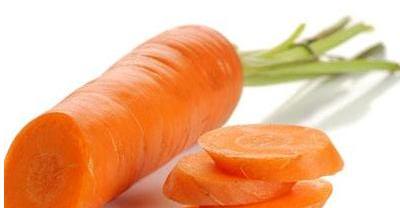
Are organic vegetables necessarily safe? Organic vegetables = safe vegetables?
I believe that every time you go to the market to buy vegetables, you will ask those vegetable vendors whether the vegetables they sell are organic vegetables. In fact, most of them don't know what it is.
Related
- Where is it suitable to grow horseradish in China? it is expected to see the middle altitude horseradish in Alishan.
- How to prevent tomato virus disease reasonably? (Control methods included)
- Many people like to plant towel gourd on the balcony. What are the main points of this method and management?
- What crops can chili peppers be mixed with?
- Fertilization techniques and matters needing attention in Tomato
- What are the grafting techniques for peach seedlings in spring?
- Harm and control methods of root swelling disease of Chinese cabbage
- What are the pests of sweet potatoes? How to prevent and cure it?
- Symptoms, causes and Control methods of navel Rot in Tomato
- The cause of "Cucumber rotten bibcock" in Farmers' planting Cucumber and its Control Plan

